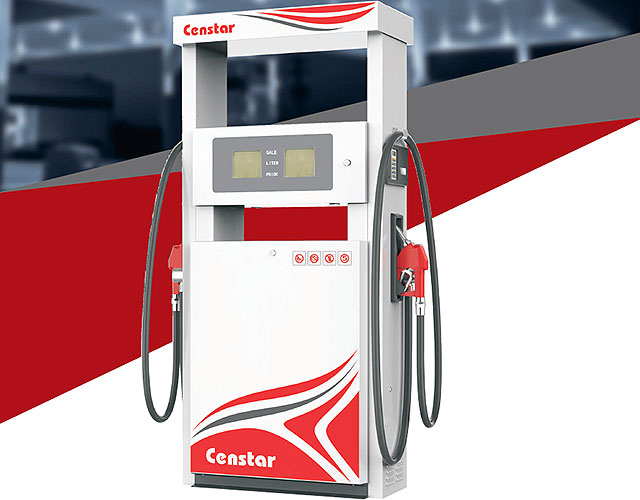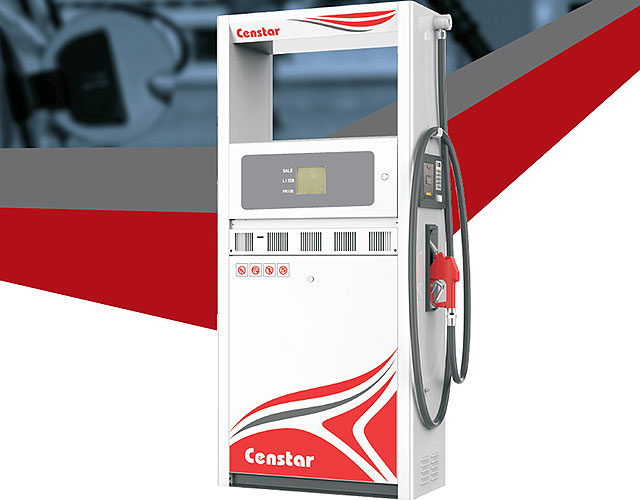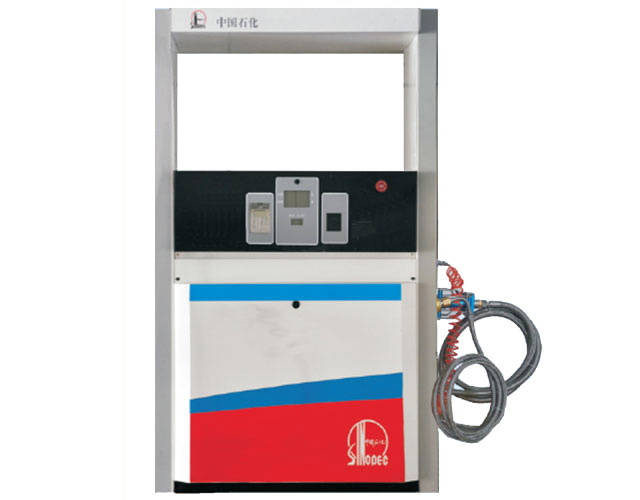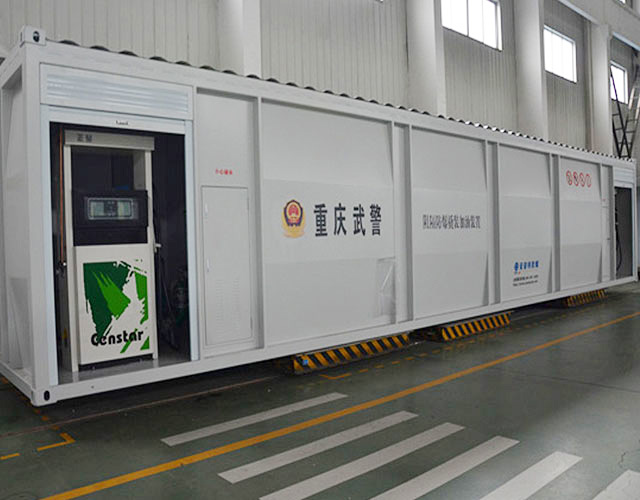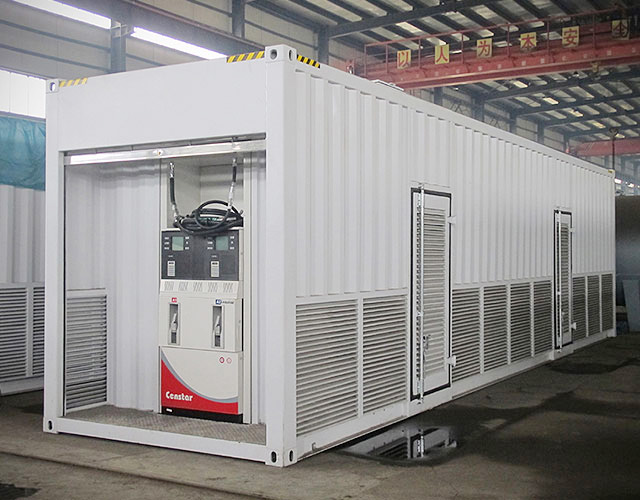the vapour recovery system

Gas Compression and Vapor Recovery Systems Aereon
Gas Compression and Vapor Recovery Systems AEREON is one of the world’s largest manufacturers and service providers for carbon and compression based vapor recovery units (VRUs). Since 1980, our Jordan Technologies division has designed, manufactured and serviced VRUs across multiple industries, including liquid loading terminals, O&G production and midstream distribution, and gasoline stations.

Damaged Vapor recovery system? Car Talk Community
Seriously, yes, you have a problem with your vapor recovery system. Yes, it’s possible that you saturated the charcoal bed, although I’d expect other symptoms too. It’s also possible that your vapor return from the fill pipe edge to the tank is plugged or the line kinked.

Vapor Recovery California Air Resources Board
The California Air Resources Board’s (CARB) Vapor Recovery Program controls vapor emissions from gasoline marketing operations (gasoline dispensing facilities or service stations, tanker trucks (cargo tanks), bulk plants, and terminals), where gasoline vapor is a precursor to the formation of ozone and contains benzene, a constituent of gasoline vapor that has been identified as a toxic air contaminant.

Gasoline Vapor Recovery (Stages I and II) TCEQ www
Stage II Vapor Recovery System Enforcement Discretion Directive. GDFs currently equipped with Stage II systems must continue to comply with existing Stage II requirements in 30 TAC Part 1, Chapter 115, Subchapter C, Division 4 . Also, GDFs that meet the requirements of this directive must continue to comply with the Stage I requirements in 30 TAC

OPW VaporSaver™ Stage II Vapor Recovery System Censtar
The OPW VaporSaver™ Stage II Vapor Recovery System from OPW Fueling Components uses membrane technology to separate gasoline vapors into fuel and clean air, and is a major component in OPW's

Vapor Recovery Systems Selection Guide Engineering360
Vapor recovery systems can capture target compounds in a gas stream through multiple processes. These include condensation, activated carbon, lean oil absorption, and jet ejector systems. Condensation systems chill a gas stream to a temperature where the target pollutants or compounds condense out of the stream.

Marine Vapor Recovery Unit (MVRU) Aereon
Marine Vapor Recovery Unit (MVRU) AEREON’s Jordan Technologies designs and manufactures carbon based vapor recovery systems for marine loading operations in both the US and foreign markets. Our intricate knowledge of the design and certification compliance requirements has made us a preferred provider of US Coast Guard compliant systems. The

NC DEQ: Stage I Vapor Recovery
Stage I Vapor Recovery. Stage I Vapor Recovery is used during the refueling of gasoline storage tanks to reduce hydrocarbon emissions. Vapors in the tank, which are displaced by the incoming gasoline, are routed through a hose into the cargo tanker, instead of being vented to the atmosphere. There are two types of Stage I systems, dual point and coaxial.

Vapor Recovery Executive Orders
Healy Phase II Enhanced Vapor Recovery (EVR) System Including Veeder Root In Station Diagnostics (ISD) System Full VR 202 D Download [PDF 1,991K]

Vapor Recovery Unit VRU Package Unimac LP
VRUs (Vapor Recovery Units) are relatively simple systems that can capture about 95 percent of the Btu rich vapors for sale or for use onsite as fuel. Recovered vapors contain natural gas liquids, that have a Btu content that is higher than that of pipeline quality natural gas (between 950 and 1,100 Btu per standard cubic foot [scf]).

Vapor Recovery Phase I and II Pre EVR AST Executive Orders
Number Description Date G 70 213 Cover Letter 01/21/09 G 70 213 Modification of Operative Dates Relating to the Finding that EVR Standing Loss Control Phase I, Phase II Vapor Recovery Systems, and In Station Diagnostics (ISD) Are Not Commercially Available for Use with Aboveground Storage Tanks (AST) 12/31/08

Frequently Asked Questions about Vapor Recovery Units (VRUs)
A VRU, or vapor recovery unit, is a compression system used to collect and compress low volume gas streams for injection into the suction of a larger compressor, a meter run, a local site fuel gas system or directly into a gas gathering line. Mechanical VRUs consist of a driver motor or engine that supplies the power to the compressor.

Vapour Recovery Systems Flotech Performance Systems
Vapour Recovery Systems You are here: Home / Vapour Recovery / Vapour Recovery Systems At Flotech we have over 30 years experience in Vapour Recovery Units (VRU), we offer units suitable for recovery of VOCs (Volatile Organic Compounds) in truck, rail, marine and tank breathing applications.

Stage II Gasoline Vapor Recovery Regulations Ozone
Gasoline dispensing pump vapor control devices, commonly referred to as Stage II Vapor Recovery Control, are systems that control volatile organic compound (VOC)

Vapor Recovery Systems Edwards Eng
Edwards Vapor Recovery Systems provide a complete packaged solution to your emissions requirements. The patented refrigeration system brings a specially designed series of coils to progressively lower temperatures. As the temperature decreases the chemicals in the vapor stream condense onto the coil surface.

Stage II Vapor Recovery Petroleum Equipment Institute
Stage II Vapor Recovery. A system designed to capture displaced vapors that emerge from inside a motorist’s fuel tank, when gasoline is dispensed into the tank. Gasoline vapors accumulate in automobile and truck tanks, above the liquid level. When the tanks are filled, the rising liquid forces these vapors to seek an escape route.

Vaporix, Vapour Recovery FAFNIR GmbH
Automatic monitoring for active vapour recovery. The automatic monitoring system VAPORIX provides information on the functional state of the active vapour recovery for serving and protecting people and environment.VAPORIX fulfils the requirements of the European Directives 2009/126/EC and 2014/99/EC; the Harmonized Standards EN 16321 1/ 2 and the German 21st BlmSchV regulation.

Gasoline Vapor Recovery Arizona Department of Agriculture
Stage I vapor recovery systems are designed to collect gasoline vapors that are displaced from the storage tank when a fuel truck makes a delivery. Stage II vapor recovery systems are designed to collect gasoline vapors that are displaced from the vehicle fuel tank

Vapour recovery at service stations
Vapour recovery control equipment aims to capture petrol vapours before they enter the atmosphere. They are designed in two stages VR1 and VR2. VR1 captures displaced vapours from storage tanks when a tanker delivers petrol to a service station, while VR2 captures displaced vapours at the bowser while a motorist refuels.

Vapour Recovery System Low VOC Emission Assentech
Vapour Recovery System Low VOC Emission. These systems are in particular well suited for areas, where extreme low VOC emission in the ppb ppm level is required, like in many petrochemical facilities. The process is based on adsorption of VOCs on activated carbon followed by


